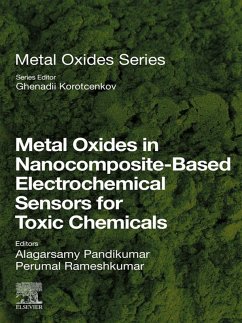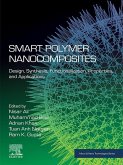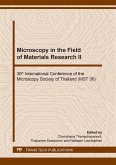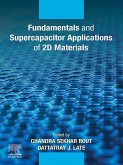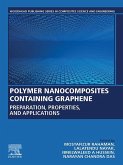Metal oxide nanomaterials exhibit interesting electrical and photochemical properties because of their size, stability, and high surface area that render them as great choices in fabricating alternative electrode materials for electrochemical energy storage and sensor applications. The hybridization of metal oxides with other materials lead to the improvement in electrical conductivity, stability, and electron transfer kinetics during the electrocatalytic reactions. These key factors result in greater sensitivity of the sensor materials towards the analyte molecules.
This book reviews the electrochemical determination of a variety of toxic chemical contaminants using metal oxide-based nanocomposite materials. Ultrasensitive and selective detection of toxic chemical contaminants is important and demanding, especially for monitoring and controlling environmental pollution. In recent years, metal oxide-based nanocomposite materials have shown high potential in the electrochemical detection of heavy metals, inorganic anions, phenolic compounds, pesticides, and chemical warfare reagents. Metal Oxides in Nanocomposite-Based Electrochemical Sensors for Toxic Chemicals comprehensively reviews this topic.
In addition to the instrumental simplicity, the electrochemical methods show the improved sensor performance through the synergetic effect of metal oxide and other electroactive nanomaterial present in the nanocomposite. Thus, detailed information on the electrochemical sensing of toxic chemical contaminants using metal oxide-based nanomaterials are discussed. The recent progress in developing electrochemical sensors using metal oxide-based nanocomposite materials and perspectives on future opportunities in sensor research and development are addressed in the book.
This book reviews the electrochemical determination of a variety of toxic chemical contaminants using metal oxide-based nanocomposite materials. Ultrasensitive and selective detection of toxic chemical contaminants is important and demanding, especially for monitoring and controlling environmental pollution. In recent years, metal oxide-based nanocomposite materials have shown high potential in the electrochemical detection of heavy metals, inorganic anions, phenolic compounds, pesticides, and chemical warfare reagents. Metal Oxides in Nanocomposite-Based Electrochemical Sensors for Toxic Chemicals comprehensively reviews this topic.
In addition to the instrumental simplicity, the electrochemical methods show the improved sensor performance through the synergetic effect of metal oxide and other electroactive nanomaterial present in the nanocomposite. Thus, detailed information on the electrochemical sensing of toxic chemical contaminants using metal oxide-based nanomaterials are discussed. The recent progress in developing electrochemical sensors using metal oxide-based nanocomposite materials and perspectives on future opportunities in sensor research and development are addressed in the book.
- Introduces the fundamentals of electrochemical sensors and fabrication of metal oxide sensors of toxic chemicals
- Reviews binary, doped, metal oxide-metal, metal oxide-carbon, metal oxide-polymer, metal-boron nitride, metal oxide-clay, and metal oxide- MOF electrodes
- Systematically addresses the fabrication, synthesis, performance, mechanisms, detection limits, sensitivity, advantages and limitations and future perspectives of a wide range of metal oxide-based electrochemical sensors
Dieser Download kann aus rechtlichen Gründen nur mit Rechnungsadresse in A, B, BG, CY, CZ, D, DK, EW, E, FIN, F, GR, HR, H, IRL, I, LT, L, LR, M, NL, PL, P, R, S, SLO, SK ausgeliefert werden.

